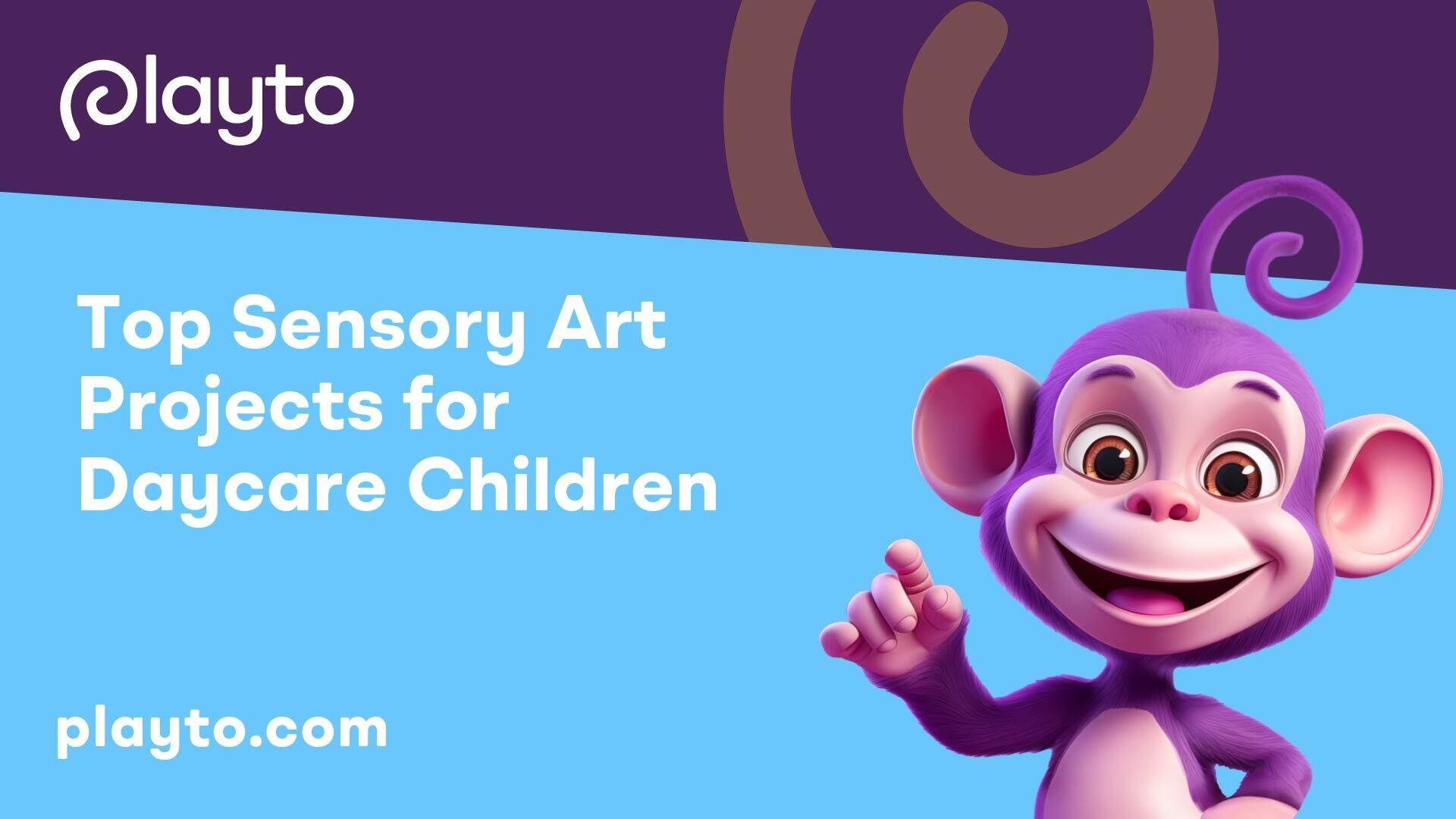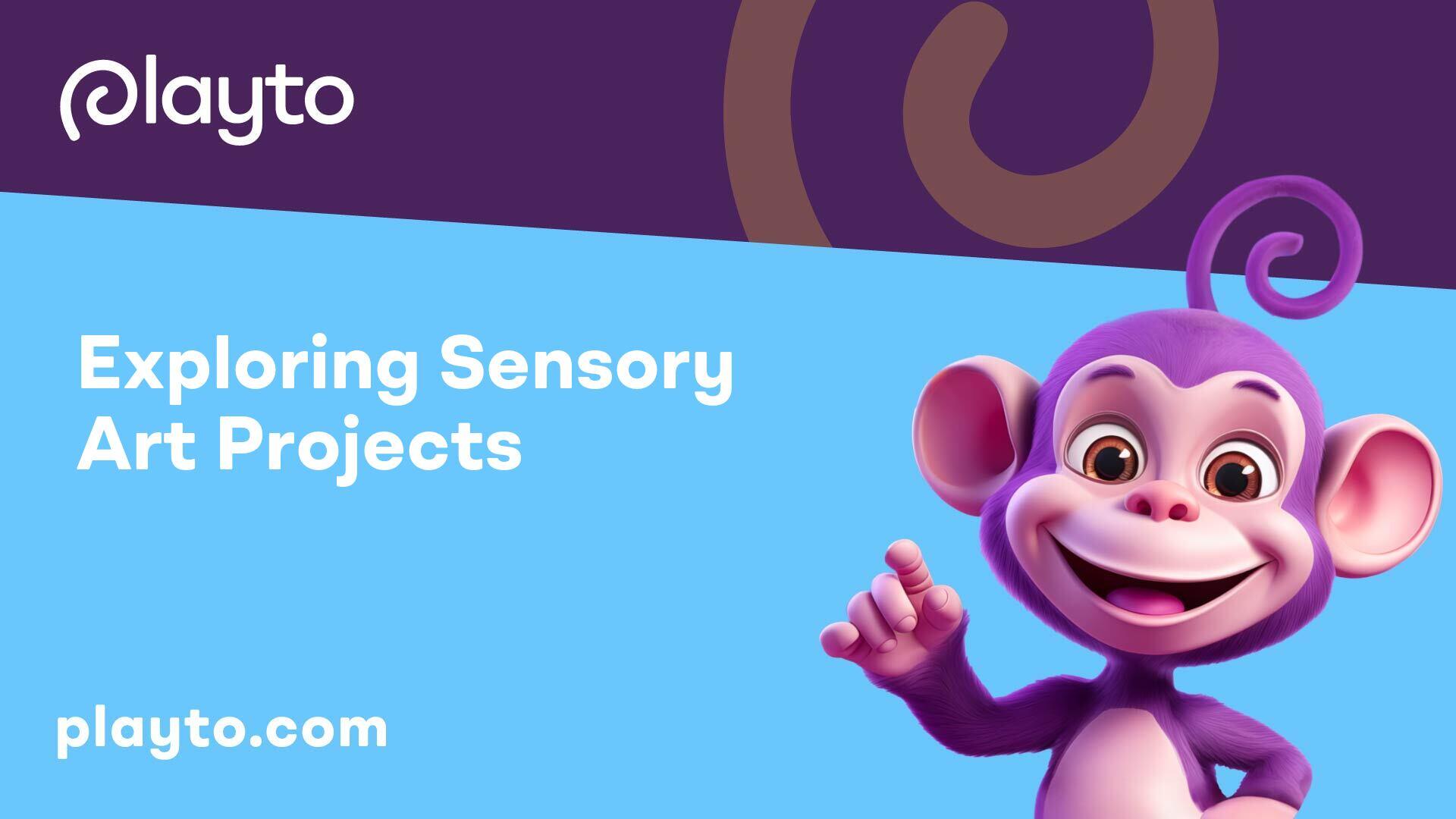
Exploring Sensory Art Projects
Sensory art projects play a vital role in the development and well-being of children, offering them a creative and stimulating way to explore the world around them. This section introduces the concept of sensory art and delves into the numerous benefits that sensory play brings to young learners.
Introduction to Sensory Art
Sensory art focuses on engaging a child's senses to facilitate learning and development. By incorporating various textures, colors, and materials, sensory art projects create a multi-sensory experience that encourages exploration, creativity, and imagination. From squishing paint between their fingers to listening to the sounds of different materials, sensory art offers children a unique way to express themselves and interact with their environment.
Benefits of Sensory Play
Sensory play is more than just a fun activity; it plays a crucial role in a child's cognitive, emotional, and physical development. According to Only About Children, sensory play encourages learning through exploration, curiosity, problem-solving, and creativity. It helps build nerve connections in the brain, promoting the development of language and motor skills. Additionally, sensory play can help children regulate their behavior, improve focus, and provide a sense of calm and comfort.
By stimulating the five senses - sight, touch, smell, hearing, and taste - sensory play enhances a child's understanding of the world and fosters holistic development. Whether it's through nature elements, various sensory materials, or engaging experiences, sensory art projects offer a safe and engaging space for children to learn, play, and express themselves.
To explore more engaging art activities for daycare children, check 10 easy arts & crafts ideas for daycare kids for creative inspiration that fosters learning and enjoyment.
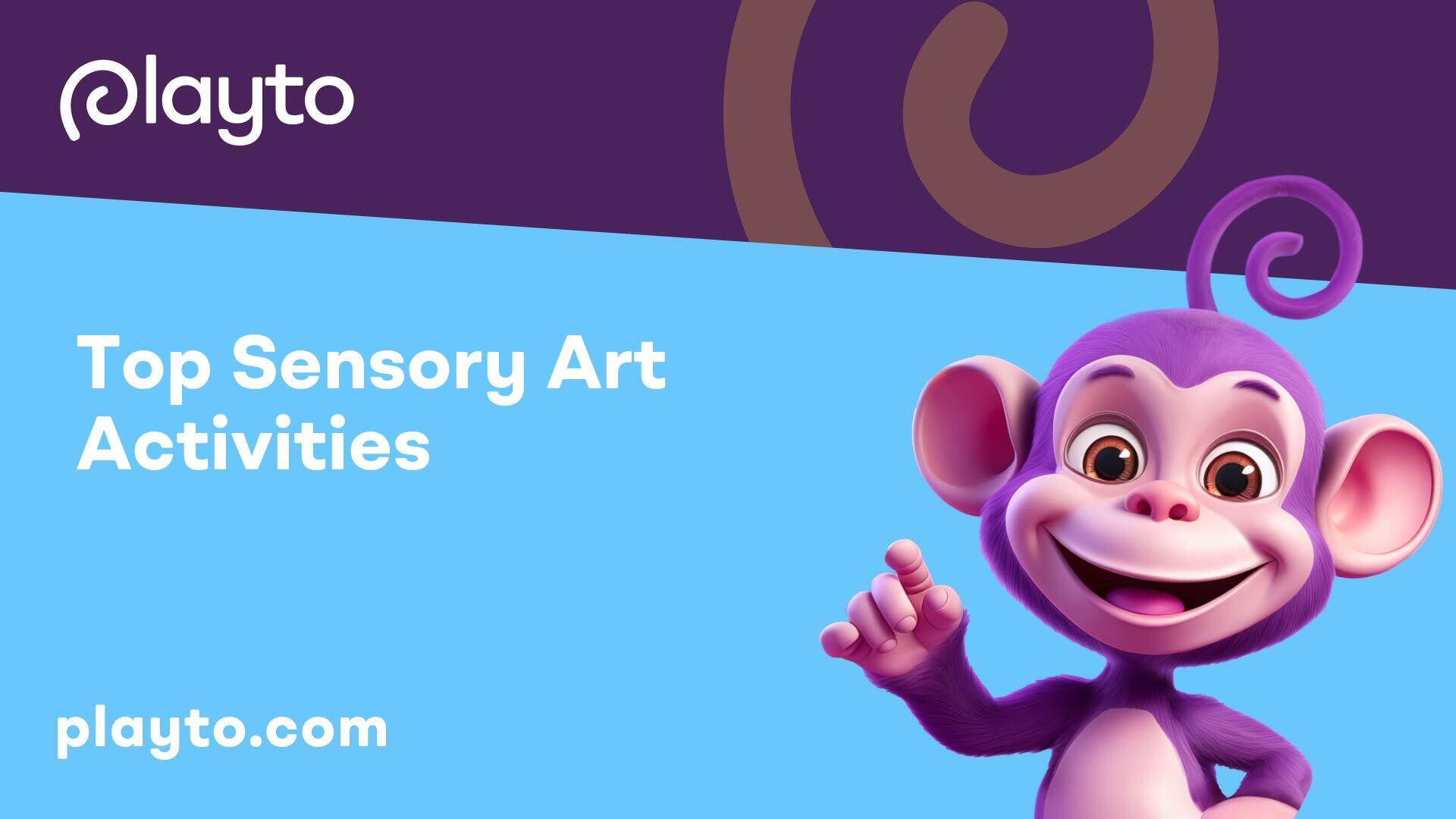
Top Sensory Art Activities
When it comes to engaging toddlers in sensory art projects, incorporating open-ended activities like Rip & Stick Sticky Collage, No Paint Watercolor Painting, Upside Down Drawing, Foamy Painting, and Bubble Wrap Stomp can provide a rich sensory experience that focuses on exploration and creativity. These activities, as featured on Mama.Papa.Bubba, are designed to be open-ended, promoting sensory engagement and emphasizing the process over the final product.
Rip & Stick Sticky Collage
Rip & Stick Sticky Collage allows children to explore textures and shapes through tearing and sticking materials onto a surface. This sensory-rich activity, as highlighted by Mama.Papa.Bubba, encourages fine motor skills development and provides opportunities for tactile exploration.
No Paint Watercolor Painting
No Paint Watercolor Painting offers a mess-free alternative to traditional painting by utilizing watercolors without the need for paint. This activity, recommended by Mama.Papa.Bubba, allows children to experiment with colors, textures, and water, fostering creativity and sensory play.
Upside Down Drawing
Upside Down Drawing challenges children to approach drawing from a different perspective by flipping their paper or drawing surface. This activity, as mentioned by Mama.Papa.Bubba, encourages cognitive development, spatial awareness, and creativity.
Foamy Painting
Foamy Painting integrates sensory play into art by allowing children to explore washable homemade paint with their hands. This hands-on activity, highlighted by Mama.Papa.Bubba, promotes creativity, fine motor skill development, and provides a unique textured finish on watercolor paper.
Bubble Wrap Stomp
Bubble Wrap Stomp combines sensory engagement and physical activity by incorporating the fun element of stomping on bubble wrap to create an art piece. This interactive and sensory-rich activity, as suggested by Mama.Papa.Bubba, encourages children to explore different ways of creating art while enjoying a multisensory experience.
By incorporating these top sensory art activities into daycare settings, children can benefit from enhanced cognitive development, emotional expression, and physical coordination while enjoying a creative and engaging artistic experience. These activities not only foster sensory exploration but also contribute to social interaction, teamwork, and self-expression among daycare children.
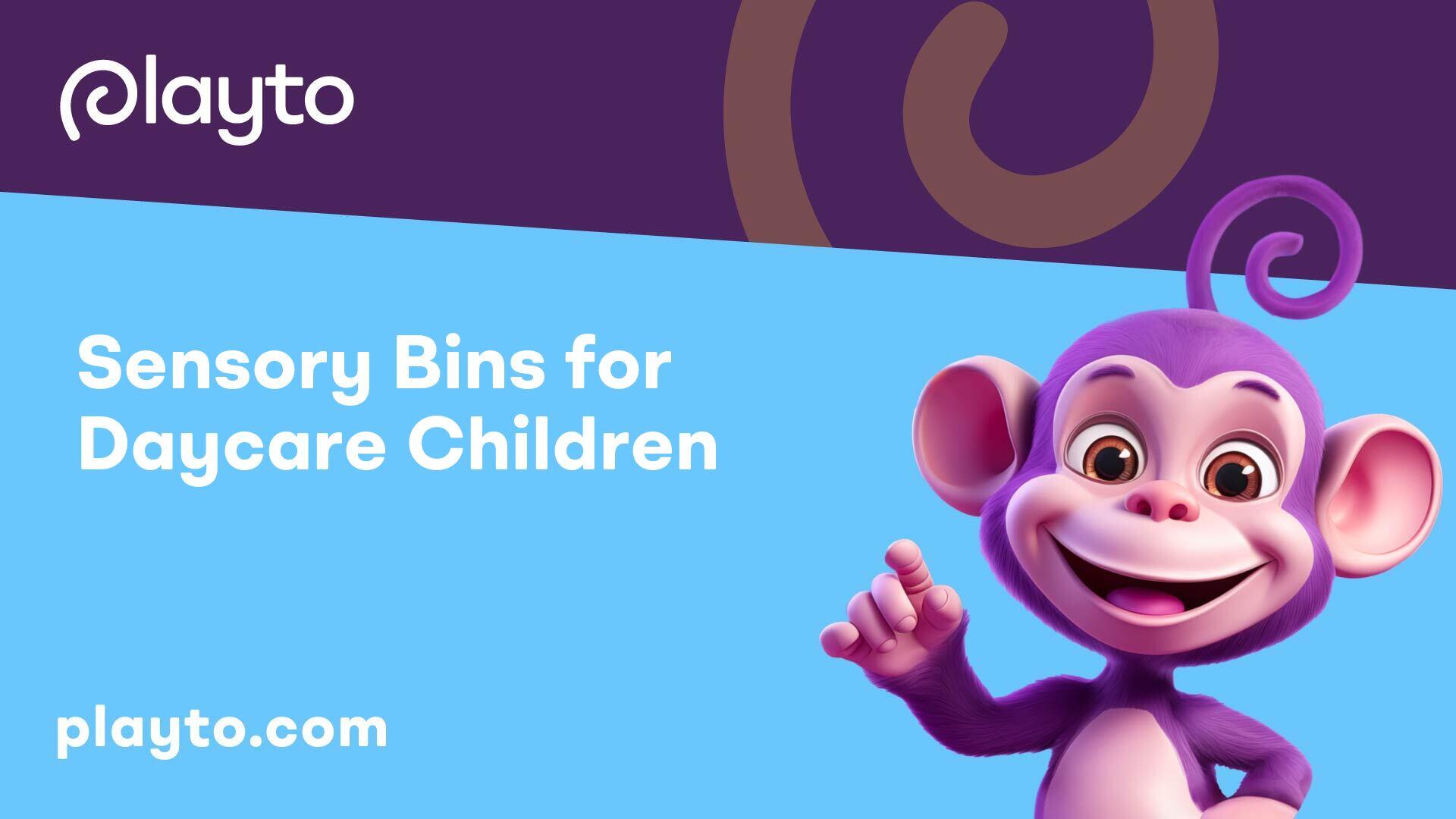
Sensory Bins for Daycare Children
Engaging daycare children in sensory play through sensory bins is not only entertaining but also contributes significantly to their cognitive, emotional, and physical development. By providing opportunities for exploration and self-expression, sensory bins play a key role in fostering creativity and sensory awareness among young children.
Importance of Sensory Bins
Sensory bins are a valuable tool in daycare settings for encouraging tactile exploration, enhancing fine motor skills, and stimulating the senses. These bins offer children a hands-on way to engage with different materials, textures, and objects, promoting sensory development and cognitive growth.
Incorporating sensory bins into daycare art projects provides children with a safe and structured environment to explore, experiment, and learn through play. The open-ended nature of sensory bins allows children to engage in imaginative and sensory-rich experiences, fostering creativity and problem-solving skills [1].
Sensory Bin Ideas
There are endless possibilities when it comes to creating sensory bins for daycare children. By combining various materials and sensory elements, educators can design bins that cater to different developmental needs and interests. Here are some creative sensory bin ideas to spark children's curiosity and imagination:
Sensory Bin Ideas Table:
Sensory Bin Theme Materials
- Garden Exploration: Soil, seeds, small gardening tools.
- Ocean Adventure: Blue water beads, shells, toy sea creatures.
- Arctic Sensations: Fake snow, polar animal figures, ice cubes.
- Rainbow Discovery: Dyed rice or pasta in various colors, scoops.
- Construction Zone: Sand, toy trucks, and construction tools.
Through these diverse sensory experiences, children in daycare can engage their senses, develop their cognitive abilities, and enhance their emotional well-being. Discovering and playing with different textures, temperatures, and objects not only provides fun and entertainment but also supports the overall growth and development of young children in daycare settings. For more engaging arts and crafts ideas for daycare children, visit 10 easy arts & crafts ideas for daycare kids.
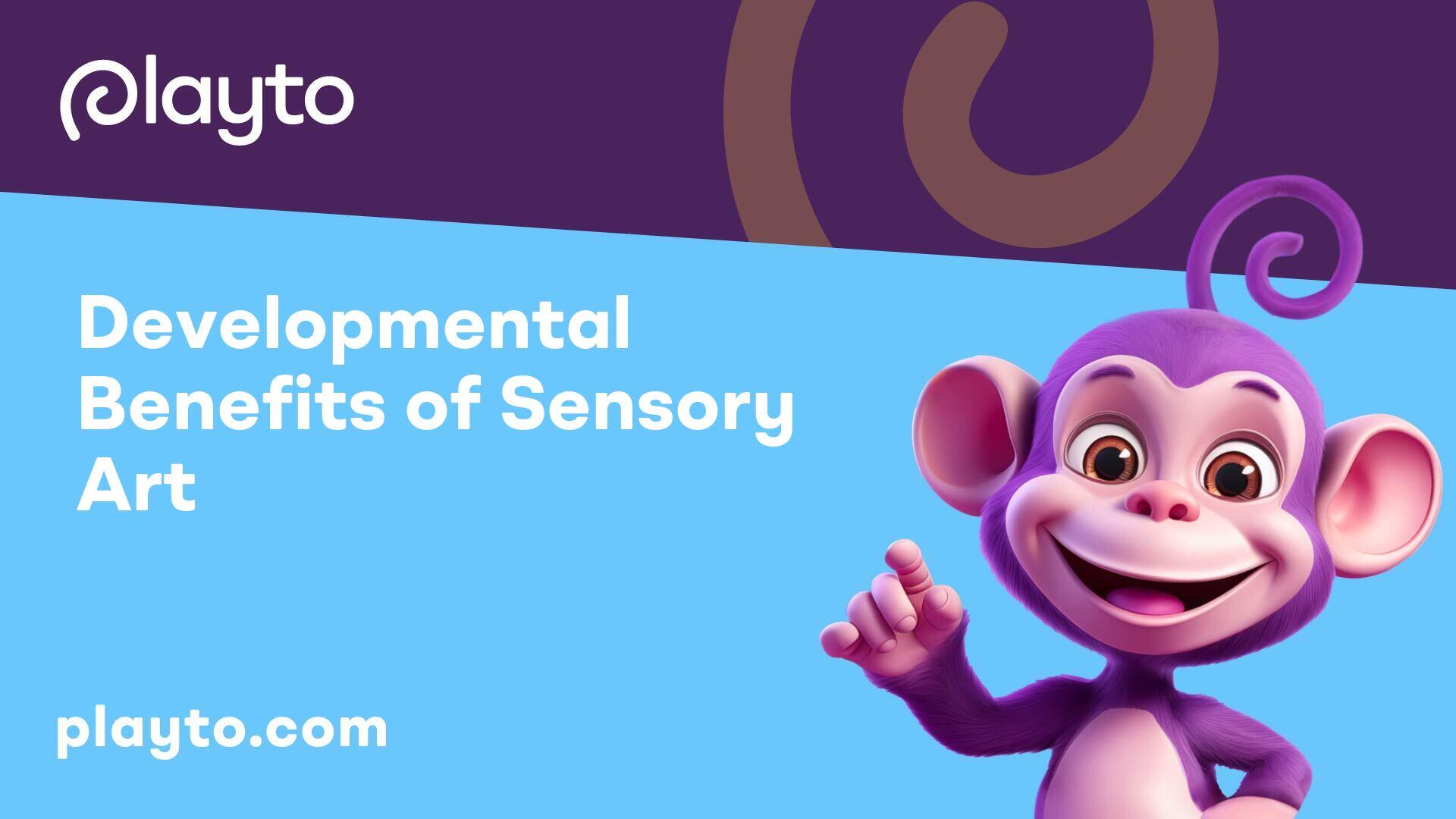
Developmental Benefits of Sensory Art
Engaging children in sensory art projects not only sparks their creativity but also nurtures various aspects of their development. Let's explore the developmental benefits of sensory art across cognitive, emotional, and physical domains.
Cognitive Development
Sensory art plays a crucial role in enhancing cognitive development in children. Through sensory experiences, children engage in hands-on learning that stimulates their brains, fosters problem-solving skills, and encourages critical thinking. According to Only About Children, sensory play helps build nerve connections in the brain, laying the foundation for cognitive growth.
By exploring different textures, colors, and materials in art projects, children develop their observation skills, memory retention, and spatial awareness. These activities also promote creativity, imagination, and the ability to think outside the box. As children manipulate various sensory materials, they engage multiple senses simultaneously, strengthening neural pathways and cognitive abilities.
Emotional Development
Emotional development is another key aspect nurtured through sensory art projects. Sensory play provides children with a safe space to express their feelings, explore emotions, and develop self-regulation skills. As stated by Artful Parent, sensory play can offer a sense of calm and comfort, promoting emotional well-being.
Through art activities, children learn to communicate their emotions through creative expression. Whether it's creating abstract paintings, sculpting with clay, or engaging in sensory storytelling, these experiences help children build confidence, self-esteem, and a sense of accomplishment. Sensory art projects encourage self-expression, empathy, and understanding of emotions, creating a nurturing environment for emotional growth.
Physical Development
Incorporating sensory materials into art projects is instrumental in fostering physical development in children. By engaging the five senses – sight, touch, smell, hearing, and taste – children improve their sensory integration, coordination, and fine motor skills. Manipulating art supplies such as paints, clay, and textured materials enhances hand-eye coordination and dexterity.
Sensory art activities challenge children to explore different movements, gestures, and techniques, promoting muscle strength and control. Whether squishing fingers in paint, molding shapes with playdough, or creating sensory collages, these experiences help children refine their motor skills and spatial awareness. Physical engagement in sensory art projects not only enriches artistic expression but also supports overall physical development.
By incorporating sensory art projects into daycare activities, educators can effectively nurture children's cognitive, emotional, and physical development in a creative and stimulating way. These activities provide a holistic approach to learning, encouraging children to explore, experiment, and grow in a supportive environment.
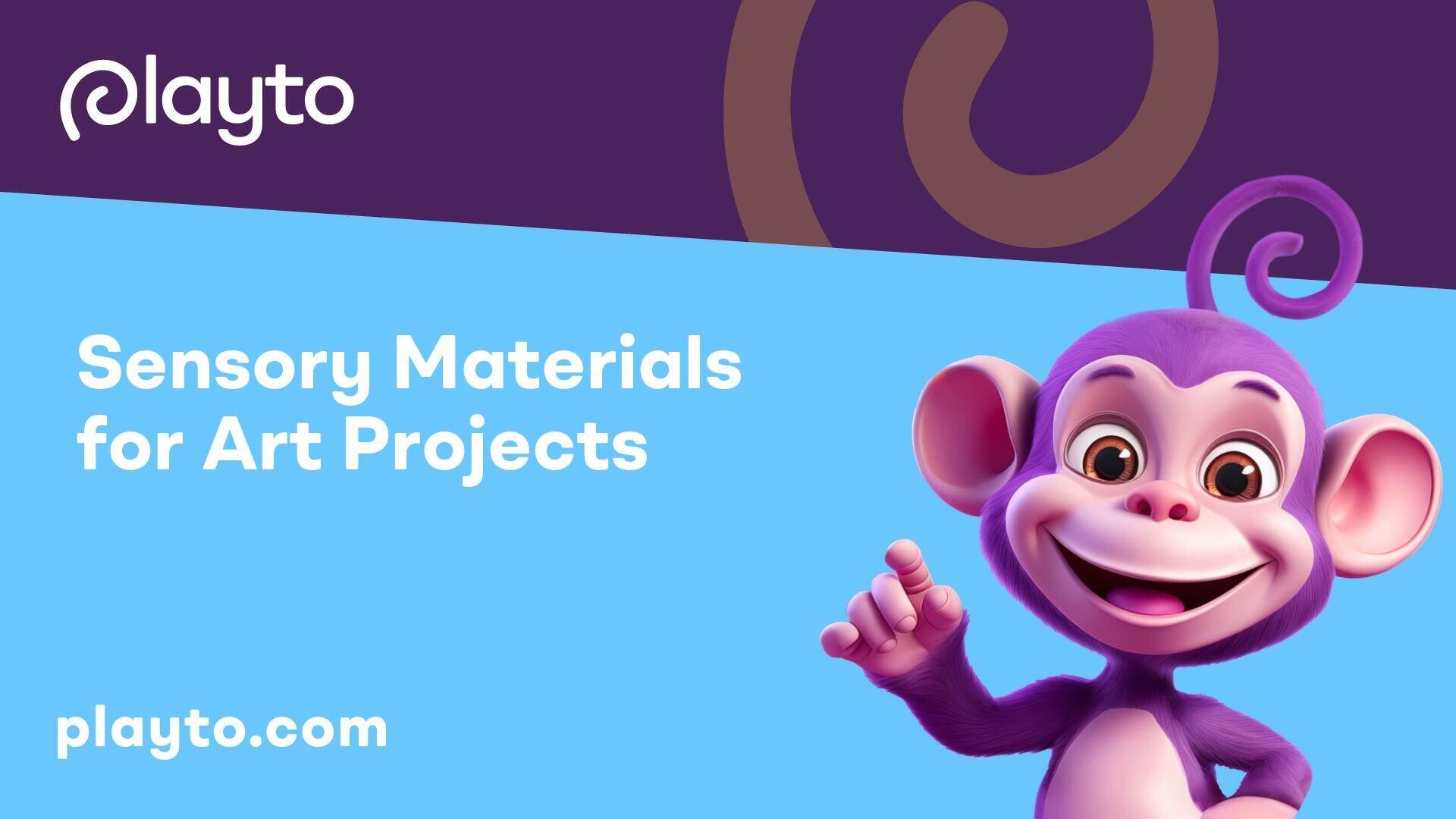
Sensory Materials for Art Projects
When it comes to engaging children in art projects, incorporating sensory materials can enhance their creativity and overall experience. Utilizing nature elements and shaving cream in art projects can provide enriching sensory experiences for daycare children.
Nature Elements in Sensory Play
Nature is a treasure trove of sensory materials that can captivate children's imagination and senses. From smooth pebbles to fragrant flowers, incorporating natural elements into art projects can stimulate children's tactile and olfactory senses while fostering a connection to the environment. Activities such as creating nature-inspired collages, using leaves for stamping, or painting with natural dyes offer endless possibilities for exploration and creativity [2].
Introducing children to the textures, colors, and scents of nature not only enriches their sensory experiences but also promotes an appreciation for the world around them. Encouraging children to engage with nature elements in art projects can spark their curiosity, creativity, and love for the outdoors.
Shaving Cream Sensory Art
Shaving cream is a versatile and beloved sensory material for children, known for its soft texture and playful potential. Incorporating shaving cream into art projects can offer a sensory-rich experience that engages multiple senses simultaneously. Children can explore different artistic techniques with shaving cream, such as painting, sculpting, and experimenting with color mixing.
Shaving cream sensory art allows children to engage in tactile exploration while creating whimsical and textured masterpieces. Whether used for finger painting, sensory bins, or sensory trays, shaving cream can be combined with other materials like liquid watercolors or food coloring to add vibrant hues and additional sensory dimensions to the artwork [3].
In daycare settings, shaving cream sensory art provides an interactive and engaging activity that promotes fine motor skills, hand-eye coordination, and self-expression. Children can enjoy the sensory delight of manipulating shaving cream while developing their artistic abilities and exploring the creative process.
By incorporating nature elements and shaving cream into art projects for daycare children, educators can create a dynamic and holistic learning environment that nurtures sensory development, fosters artistic expression, and cultivates a sense of wonder and exploration. These sensory materials open up a world of possibilities for children to engage with art in a meaningful and memorable way.
Managing Group Art Projects
When overseeing group art projects in daycare settings, it is essential to have effective strategies in place to ensure smooth operations and maximize the benefits for the children involved. Managing group activities not only encourages teamwork and collaboration but also fosters important social skills among the little ones.
Strategies for Group Activities
To successfully manage group art projects in a daycare environment, consider implementing the following strategies:
- Clear Instructions: Provide clear and concise instructions to the children, outlining the objectives of the art project and the steps they need to follow. Encourage open communication and address any questions or concerns they may have.
- Designated Roles: Assign specific roles to each child within the group, such as a leader, a materials coordinator, and a timekeeper. This helps distribute tasks evenly and promotes a sense of responsibility and teamwork.
- Structured Timelines: Establish a structured timeline for the project, including designated start and end times for each stage. Setting deadlines can help keep the children focused and on track, ensuring that the project is completed within the allocated time.
- Encouraging Creativity: While providing guidelines and instructions, allow room for creativity and self-expression. Encourage children to explore their artistic abilities and come up with their unique interpretations of the project.
- Positive Reinforcement: Offer praise and positive reinforcement throughout the project to boost the children's confidence and motivation. Celebrate their achievements and highlight the value of teamwork and collaboration.
By incorporating these strategies into group art activities, daycare providers can create a supportive and engaging environment where children can unleash their creativity and develop essential social skills.
Fostering Social Skills
Group art projects in daycare settings offer valuable opportunities for children to develop crucial social skills that will benefit them in various aspects of their lives. Some key social skills that can be nurtured through group art activities include:
- Communication: Working collaboratively on art projects encourages children to communicate effectively with their peers, sharing ideas, asking for help when needed, and listening to others' perspectives.
- Teamwork: Collaborating on a group art project teaches children the importance of teamwork and cooperation. They learn to work together towards a common goal, appreciate the contributions of their peers, and understand the value of collective effort.
- Problem-Solving: Group art projects often present challenges that children need to overcome together. By problem-solving as a team, children develop critical thinking skills, resilience, and the ability to find creative solutions.
- Empathy: Engaging in group activities fosters empathy and understanding among children as they learn to respect the ideas and opinions of their peers. They develop empathy by supporting and encouraging each other throughout the creative process.
By focusing on these social skills during group art projects, daycare providers can create a nurturing and inclusive environment where children not only explore their artistic talents but also strengthen their interpersonal relationships and communication skills.
Inclusive Art Activities
When engaging in art activities with daycare children, it is essential to foster an inclusive environment that accommodates children with special needs and encourages eco-friendly practices.
Adapting for Special Needs
Children with special needs or disabilities in daycare deserve equal opportunities to participate in art projects and express their creativity. By making appropriate adaptations to art activities, educators can ensure that all children can engage in sensory art projects.
Adaptations may involve providing alternative tools or materials to accommodate different physical abilities or sensory sensitivities. For example, offering textured brushes for children with fine motor challenges or using scented markers for children with visual impairments can enhance their sensory experience and artistic expression. These adaptations not only promote inclusivity but also empower children to explore their artistic abilities [4].
Eco-Friendly Practices
Integrating eco-friendly practices into art activities for daycare children not only promotes sustainability but also instills valuable lessons about conservation and environmental responsibility. Using recycled materials, natural dyes, and non-toxic art supplies can reduce waste and minimize the environmental impact of art projects.
Educators can encourage children to explore art through nature-inspired themes or by incorporating elements such as leaves, flowers, or recycled paper into their creations. By adopting eco-friendly practices, daycare centers can create a green learning environment that nurtures children's creativity while fostering a sense of environmental stewardship.
By adapting art activities for children with special needs and incorporating eco-friendly practices, daycare educators can create a diverse and inclusive atmosphere where all children can engage in sensory art projects and develop a deeper appreciation for creativity and sustainability.
Creative Sensory Activities
Engage young minds with a variety of creative sensory activities that not only spark imagination but also promote cognitive and emotional development. Let's explore some top sensory art projects for daycare children that offer a blend of fun and learning experiences.
Window Painting
Window painting is more than just art; it's a multisensory adventure that allows children to explore their creativity through touch, sight, and sound. This activity not only enhances fine motor skills and hand-eye coordination but also fosters self-expression and boosts confidence. Encourage children to create vibrant masterpieces on windows using safe, washable paints, bringing color and joy to their surroundings.
Homemade Playdough
Homemade playdough offers a delightful sensory experience by providing children with various colors and textures to explore. Through manipulating the dough, children develop fine motor skills and positive sensory development, all while unleashing their creativity. Encourage kids to mix colors, mold shapes, and engage in imaginative play with homemade playdough, fostering both artistic expression and sensorial exploration.
UV Light Art Prints
UV light art prints introduce children to a creative fusion of art, science, and health education. By creating unique prints using photosensitive paper exposed to sunlight, kids not only learn about the importance of sunblock but also explore scientific concepts like light, heat, and chemical reactions [5]. This activity encourages critical thinking and problem-solving while sparking curiosity about the world around them.
Chromatography Color Experiment
The chromatography color experiment blends art and chemistry, offering children an engaging way to explore color mixing, pigments, and solvents. By using water-based markers, coffee filters, and water, kids witness a tie-dyed effect as the marker inks separate based on their weights [5]. This experiment not only fascinates children with vibrant visual results but also introduces them to scientific concepts in a hands-on and interactive manner.
These creative sensory activities not only provide hours of fun but also deliver valuable developmental benefits, making learning a joyful and immersive experience for daycare children. Encourage exploration, curiosity, and creativity through these engaging projects, nurturing young minds in a stimulating and enriching environment.
References
[1]: https://www.oac.edu.au/news-views/sensory-play/
[2]: https://artfulparent.com/best-kids-sensory-materials/
[3]: https://www.cmosc.org/benefits-of-art-during-early-childhood/
